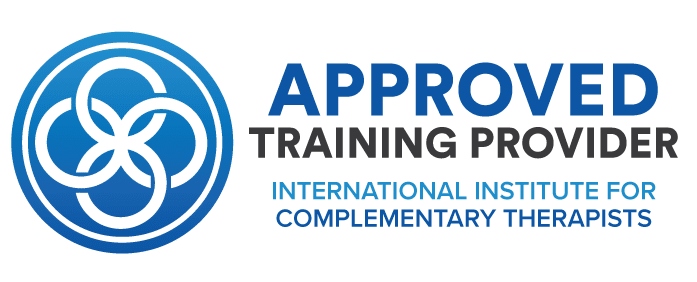Anxiety
Anxiety
If you or someone you care about has experienced anxiety, then you know what a dreadful and debilitating state it can be. Anxiety can affect our ability to concentrate, sleep and even impact our ability to perform normal, everyday tasks.
Anxiety is normal. When we perceive a threat, a danger, we go into the Flight Fight response – the high stress or anxiety response. This causes physiological changes in our body, mobilising the energy we may need to fight or flea. This is a normal, healthy response.
However, when this high stress, anxiety response is recurring, continuous and / or disproportionate to the current circumstances, when it has negative impacts on our everyday life - it can be classified as an anxiety problem and really should be addressed.
The good news is, that it can be addressed, it can be resolved. More on that elsewhere on this website.
Anxiety is a sliding scale – from mild to extremely incapacitating. At it’s more extreme, it can feel like our accelerator is stuck to the floor. And it’s exhausting…
What does anxiety feel like? If you experience anxiety yourself, you will know the feeling.

Anxiety can be experienced in many ways:
- Our mind races and our heart pounds – often for no real reason
- We catastrophise – we overthink plans and find solutions to all the possible worst-case outcomes which we can imagine
- We are unable to rest / relax / sleep
- We perceive situations / events as threatening even when they are not
- We jump – we have a heightened startle response
- We can experience an inappropriate urge to run, get out of situations
- Distress and panic in social situations
- Burning, itching, crawly or prickly sensations
- Difficulty speaking
- Inability to think straight / focus / concentrate
- Inability to remember
- Tightening of the chest
- Having a sense of impending danger, panic or doom
- Worrying that we’re going crazy
- Feeling that we’re outside of your body
- Gut Issues
TRTP™ views Anxiety a little differently from some other modalities.
In TRTP™, Anxiety is viewed as a Symptom. It is not the issue, it’s a symptom of the issue. What is it a symptom of? It is a symptom of the entire being feeling, ‘I’M NOT SAFE!!!’
And why do we feel, ‘I’m NOT Safe!’? Because some of the distressing events in our past have not been resolved, have not been stored correctly in long term memory.
Instead, those events are unconsciously being experienced as if they are still happening – and our body and our whole system continues to respond ‘As If’ those events are happening Now.
Compounding UNRESOLVED distressing events can lead to Anxiety issues.
If we experience just a few of these unresolved distressing events, then we can often carry on with minimal disruption to our everyday life.
If we experience just a few of these unresolved distressing events, then we can often carry on with minimal disruption to our everyday life. However, when we have many of these distressing, unresolved events on replay, then at some point it can all become too much and we switch into a state of anxiety, where we nearly constantly feel, ‘I am NOT safe.’ We find ourselves in a nearly constant state of fight and flight, continually producing adrenaline, cortisol etc. and we experience those
How do we resolve our anxiety?
We need to take those unresolved distressing events and store them in long term memory and close the door on them.
When we do this, we move from the state of, ‘I’m NOT safe,’ to the state of ‘It’s over… and I’m safe now…’ and our entire system returns to calm.
The symptoms of anxiety simply disappear.
We no longer need to ‘control’ our anxiety, ‘manage’ our symptoms.
Our anxiety simply disappears.
This is what TRTP™ does.
Frequestly Asked Questions
Trauma is not stored in the conscious mind. Trauma is stored in the subconscious mind. TRTP™ works where the trauma is stored and addresses it there – in the subconscious mind.
TRTP™ also arrests client self-sabotage before it begins. It does this in the first session, by changing the unhelpful negative unconscious core beliefs to the positive. For example, if the unconscious has the belief , ‘It’s not safe to get well’ – self-sabotage will be the result. The unconscious will keep the client safe, according to its own beliefs. If this unconscious core belief is changed to ‘It’s safe to get well’ – then obviously, a positive outcome will be achieved more quickly, without the unconscious attempting to keep the client ‘safe’ in unwellness.
The biggest difference between TRTP™ and other modalities is the extraordinary, positive client outcomes.
As Norman Doidge, of brain plasticity renown, says, ‘When you’re on the cutting-edge, you don’t have time to sit in research projects for years. You just get on with it, otherwise, you are no longer on the cutting edge. ‘AND we at TRTP™ have our first research projects underway.
We have been teaching TRTP™ for a short time. We are embarking on our first pilot study. This study is being designed / overseen by members of our graduate community.










